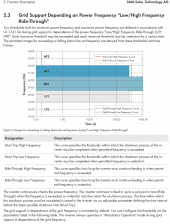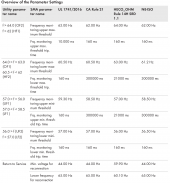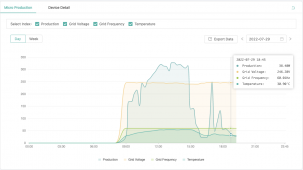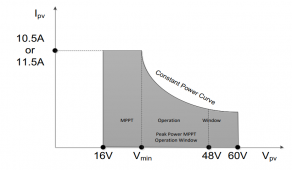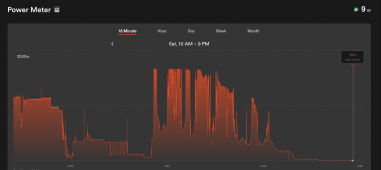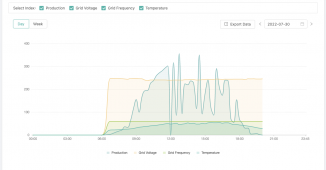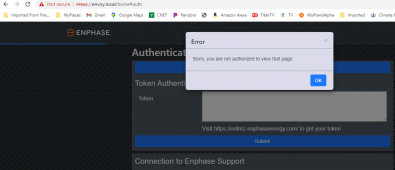Summer storms... got to love them. No worries, better weather is coming.
That's not good. If at 600W load the HM was supplying 356W, then the other 9 IQ8s were supplying (600-356) / 9 = 27 watts each. That sort of sounds like
scenario 2 where the HM isn't throttled and the IQs are. Don't suppose you ran the query
https://envoy.local/ivp/meters/readings or looked at the HM output to get the frequency at that time? Don't forget you can also run the query
http://envoy.local/api/v1/production/inverters to get the individual IQ8 output.
Hmmm, how are you measuring the load? Could that be
case #3 (where the load is an incorrect calculation)? A clamp meter reading on the load will confirm the accuracy.
The thing that's weird is that from
#139 the HM does seem to be throttled back at times. I suppose even current sources have an upper voltage limit...might be useful to grab the microgrid voltage when the HM is throttled back. The HM display shows it, from
#139, you just need to rest the cursor over what looks to be the throttled output. The
meter query will give it to you too.
UPDATE: The upper voltage from the
datasheet is 264V.
Even when it goes offline (anti-islanding), it should reset after 5 minutes. I see the same behavior with my IQ7+s, although for me it also depends on some other factors as to if they start up immediately or not (e.g., load, battery SoC); although the power always has UPS-like switch over. Sometimes, if the load is low and the batteries are > 96%, I've seen the IQ7s shutdown even if they were running before.
Given the clouds may affect the IQ8s (and therefore what the system is thinking), I think to do a true test all the panels have to be subject to the same light and would advise patience for a true understanding.
Nice to see some data on
BiduleOhm's post
#68, thanks! Is that 1W as in 1W/hr or 1W/night? The SENSE is a CT and plug that measures amps and voltage, right? So, as the video says, since there are capacitors in the microinverters we should expect current in the wire, but as that power isn't really consumed (it's reactive) there's no overall energy loss while on-grid. Off-grid it's a bit different, the inverter's battery still has to invert to provide the current, so it's subject to the losses from the inverter inefficiency (as well as copper-loss). But, my personal suspicion is that once converted, the inverter only has to continue to supply the copper-losses, that is the unused energy is still conserved and isn't inverted twice. Might just be wishful thinking.
Did you by chance run the query in
#67 (
https://envoy.local/ivp/meters/readings) to get the nighttime reactive power?



